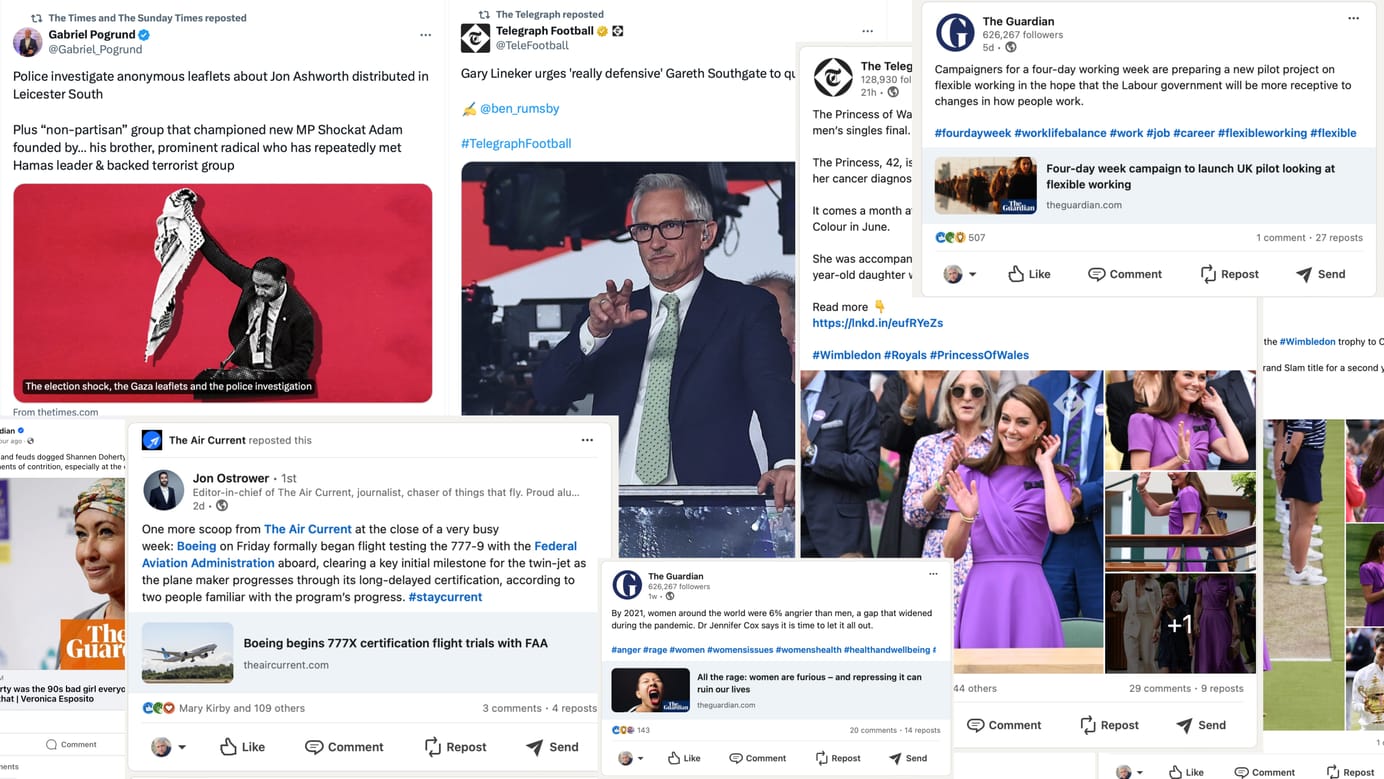
Social & Digital coffee break: escaping the Facebook shadow
It’s not really a surprise that Facebook can’t be trusted — but are we really taking the steps we need to end our additions to it? This, and many other useful topics in today’s digest.
One Big Read: Facebook's tactical bias
As the globe watches the USA anxiously — one of the few electoral events that genuinely impacts the rest of the world — this is a good read on how, in its attempt to stay "in" with the ruling party, Facebook intentionally manipulated the media landscape.
The reflex reaction I've seen from many people is that Something Must Be Done about Facebook. But I can't help feeling that this should be a rallying cry for us to do more to connect directly with audiences, without relying on such an untrustworthy intermediate:
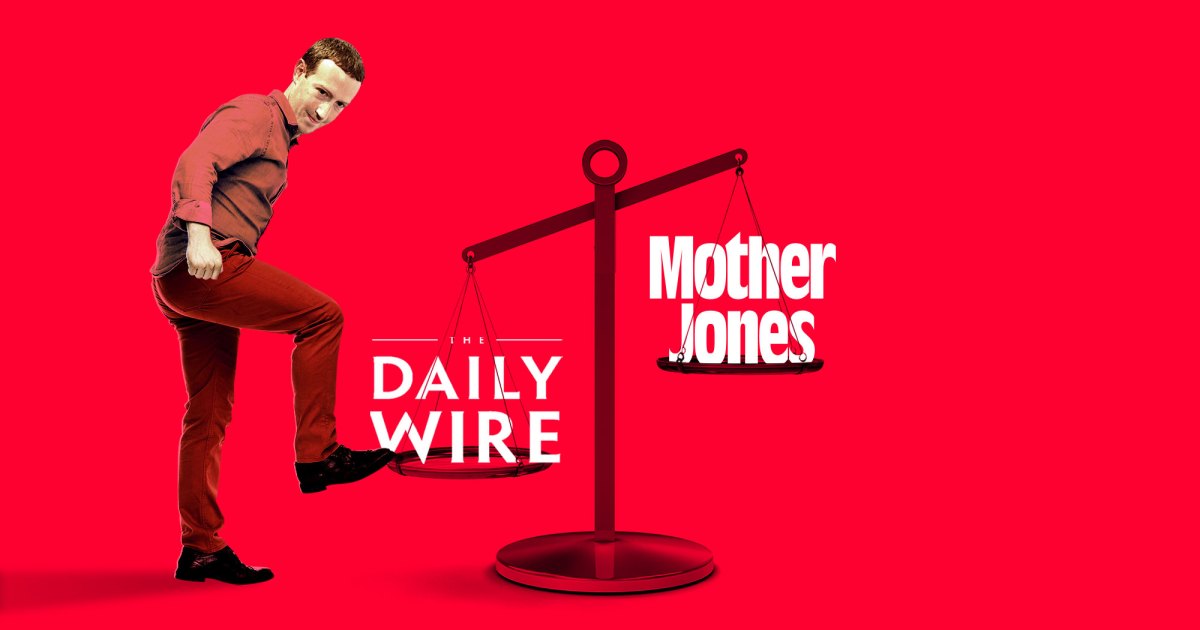
Return of the Sub
The journalism business will eventually regret the wholesale cull of subs it had indulged in over the last 15 years. When they bring both the normal sub-editing rigour AND some core digital skills, they can be an invaluable part of the newsroom — and create a quality differentiation for your site.
And some organisations are beginning to wake up to this fundamental truth:

Talking of those digital skills, here's an interesting insight into how the sub role could evolve to harness new technology:

New approaches to journalism
I probably need to write a deeper piece on this, but one of the disappointments of the digital transition is that, to a very large extent, we're still putting old wine in new bottles. The story formats we use today don't look fundamentally different from those of 25 years ago.
One of the deep problems with our formats becoming so formulaic is that those formulas are easy to copy, and misinformation and propaganda sites can appropriate the veneer of respectability that's imbued in the format.
We really need to shake up how we tell our stories, and I've come across a couple of interesting examples recently. The recent Hacks/Hackers London session on Quartz's climate change journalism is absolutely worth your time:
And here's the project that they're talking about:

And while we're on the idea of using fiction in journalism, this is fun but useful:

Newsletters
Ah, newsletters. The overnight success story that took two decades… 😉
They remain a critical tool in building direct relationships with readers, without mediation via Facebook and Google. But they're also increasingly becoming a business in their own right.
This piece from Mark at newsletter platform Revue is a useful dive into the economics of newsletters:

Meanwhile current newsletter platform darling Substack continues to build out its technology. One big barrier to adoption has been the fact that you couldn't use your own domain name with the service. That's risky, because it makes it harder for you to migrate off it if needed in future.
Well, they've changed that — but they want $50 to do it. My guess as to the reason for that relatively high price is that setting up DNS to redirect domain names is tricky and technical. They want to discourage casual users from doing it, because of the potential support overheads, while making it cost-effective for them to support more serious users.
Still, a positive move.

Learn to create better newsletters
And, just a quick reminder: my brand new newsletters course, built out of nearly a decade of working with news organisations on newsletter strategy, kicks off next week:
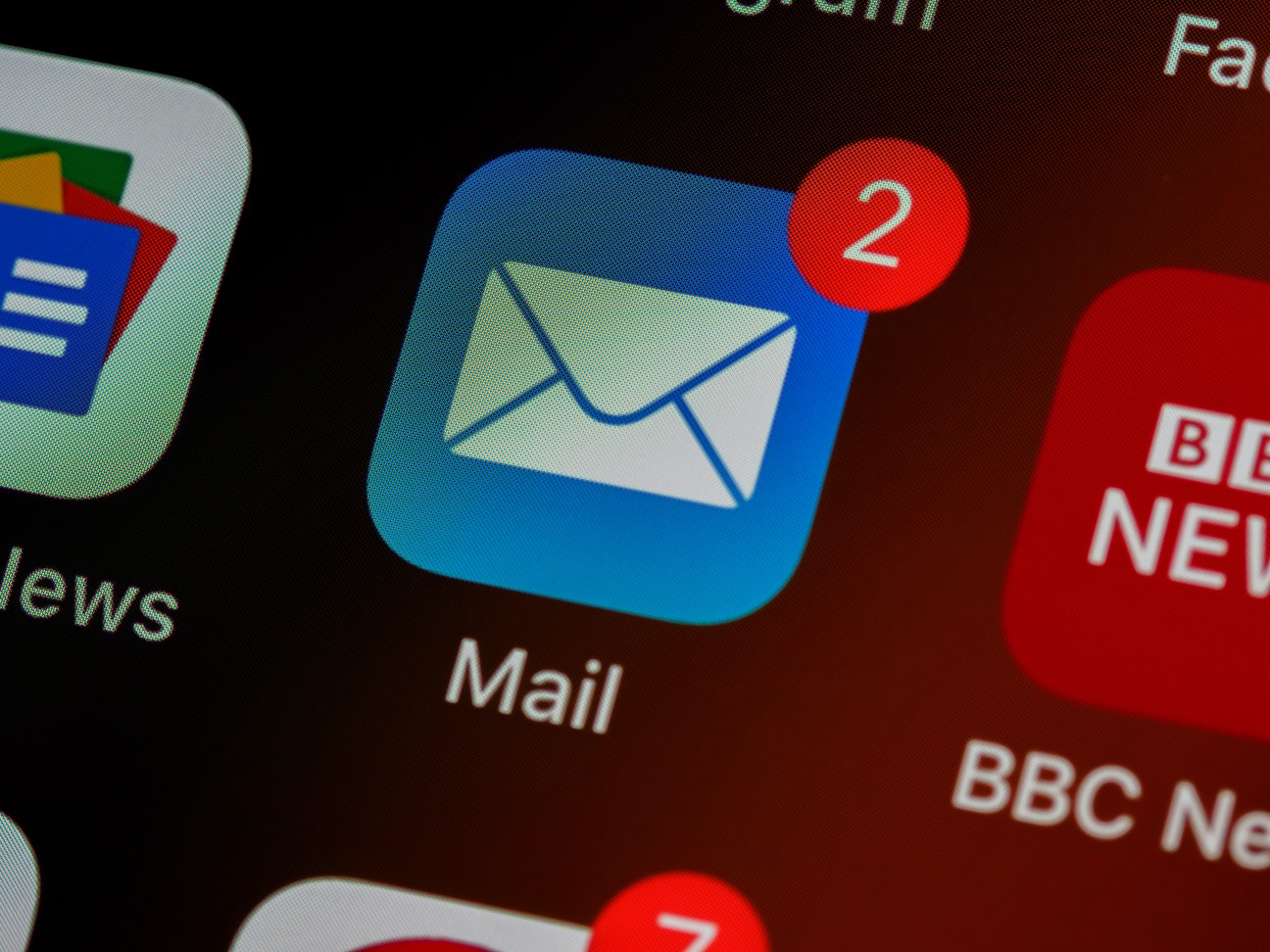
Tool Time
Adobe had its big annual event last week, and made some significant announcements. This is really interesting, both for photographers looking to protect their art, but also for journalists doing verification work:
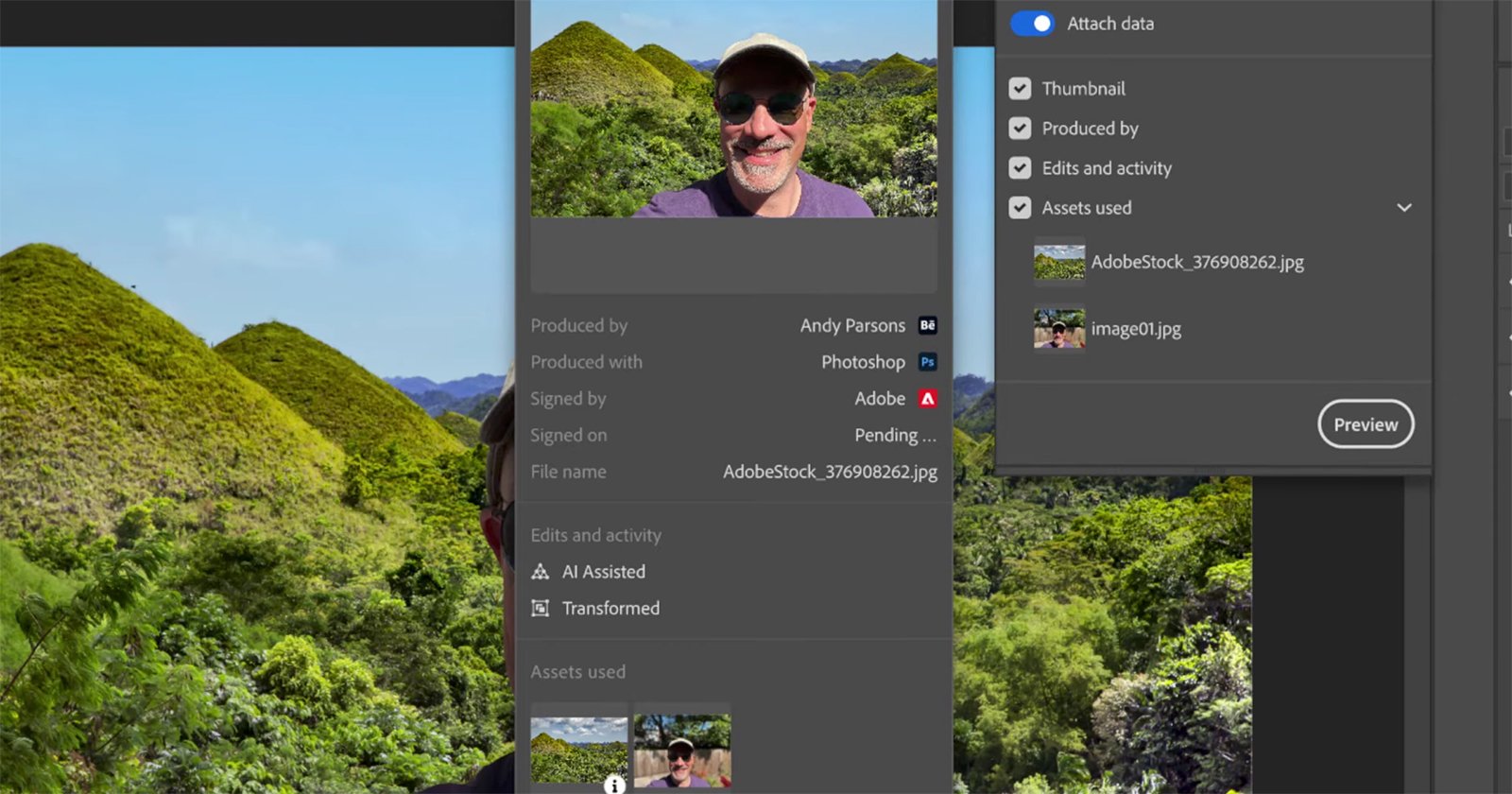
And this is a big leap forwards in computational photography:
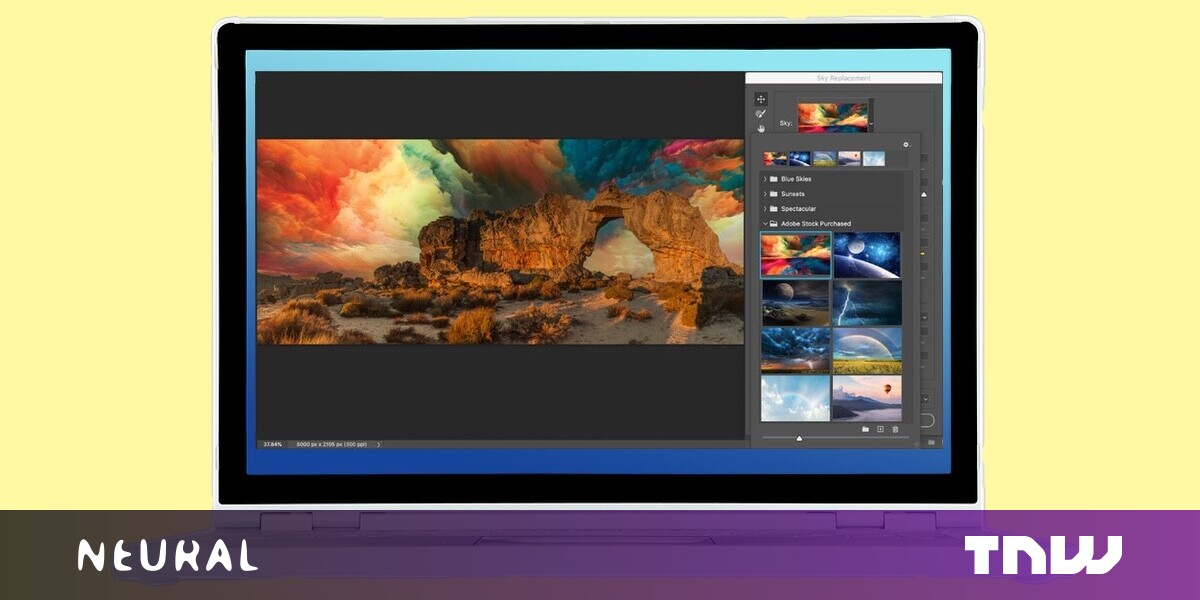
Edit video like text
One of the sad consequences of the pandemic is that this year, I'm not teaching students to edit video — all my lecturing is being done remotely, and one of the in-house team has taken on the editing training. Video editing is a very different thought process and skill set from text editing — but Descript is bringing the two together.
It started as a tool that allowed you to edit podcasts by editing a transcript of the audio — but now they've extended that approach to video. I'm looking forward to having a play with it when I get a little bit more time.
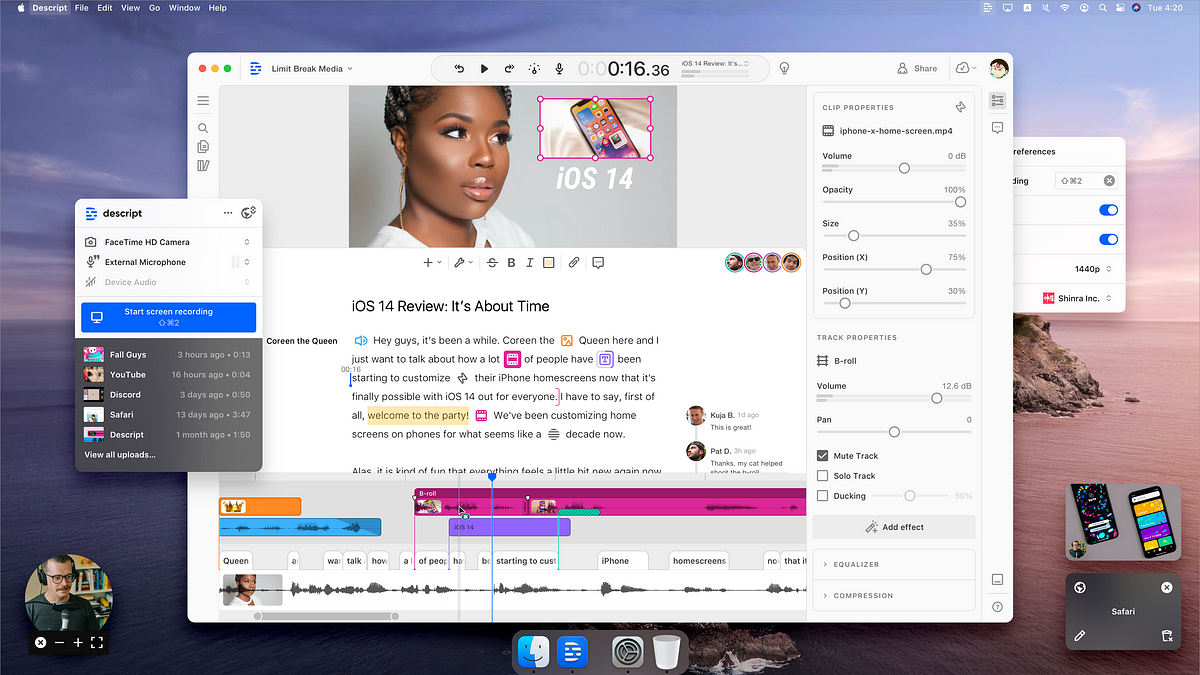
Update
Last week, I mentioned that the Membership Puzzle Project was open to a new round of applicants. They've expanded their geographic criteria, so it might be worth taking another look:

Job Corner
This is a fantastic job opportunity for someone with audience engagement skills:

Finally…
I'm off on more adventures with my children. I hope you're having a good day, wherever you are.
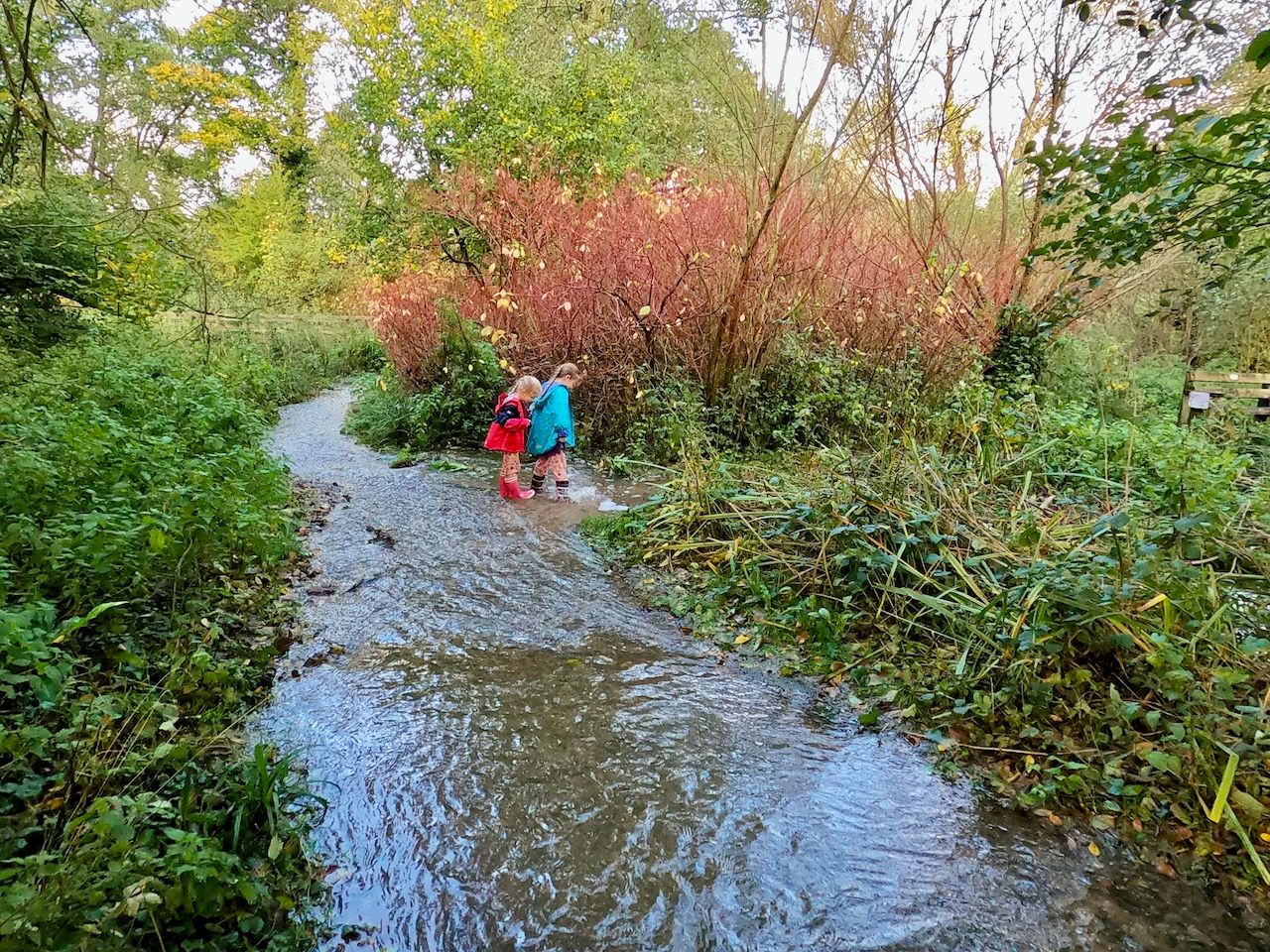
Sign up for e-mail updates
Join the newsletter to receive the latest posts in your inbox.












